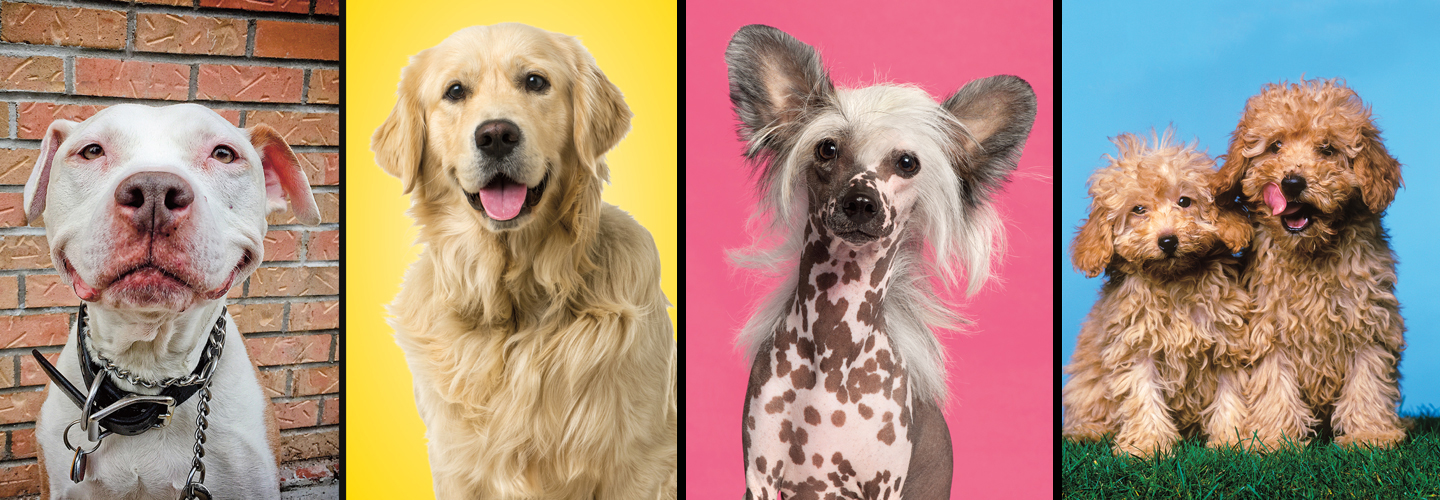Why do collies have smooth, silky hair while poodles have cute curls? What gives a pooch spots, swirls, or stripes? And how did Great Danes get to be 40 times bigger than Chihuahuas?
Those are the questions Elaine Ostrander wants to answer. She’s a biologist at the National Institutes of Health in Bethesda, Maryland. Scientists in her lab study the evolution of dogs. “We’re interested in what makes different kinds of dogs look so different,” she says.
Why do collies have smooth, silky hair? Why do poodles have cute curls? What gives a pooch spots, swirls, or stripes? And how did Great Danes get so big? They’re 40 times bigger than Chihuahuas.
Those are the questions Elaine Ostrander wants to answer. She’s a biologist. She works at the National Institutes of Health. It’s in Bethesda, Maryland. Scientists in her lab study the evolution of dogs. “We’re interested in what makes different kinds of dogs look so different,” she says.

